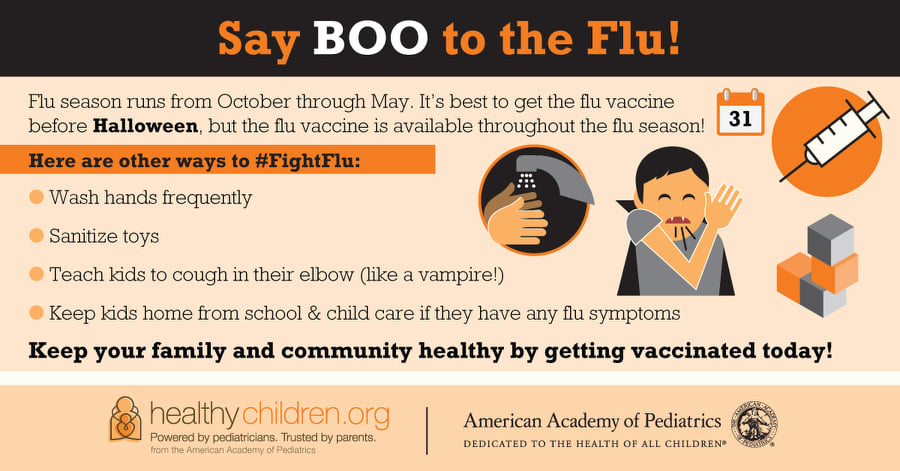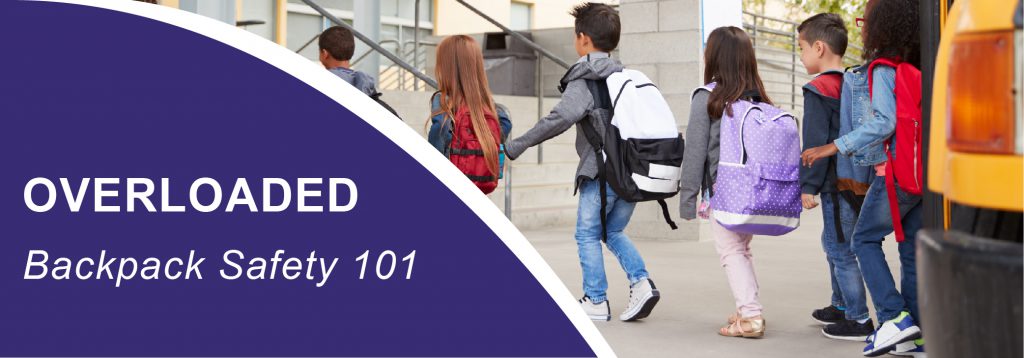
Starting November 1st every year, most children begin their countdown to the next Halloween. And why wouldn’t they? Costumes! Candy! Late bedtimes! While there’s so much fun to be had, there are also safety concerns. Read on for safety reminders to ensure your Halloween night is delightful, not frightful.
- Trick-or-treat in groups or individually with a trusted adult.
- Be sure drivers can see you walking or crossing the street, Wear glow sticks or add some reflective tape to the costume.
- Bring a flashlight along, so you can see where you’re going and avoid falling.
- Walk. Don’t run.
- Look both ways when crossing the street and use crosswalks when possible.
- If you’re driving, go slow and keep your eyes open for trick-or-treaters.
- An adult should look over the candy haul before anyone digs in. Factory wrapped treats are the safest. Homemade treats from strangers are not safe. Pay close attention to any ingredients that may trigger an allergic reaction.
- Approach well-lit homes only, and never enter a stranger’s home.
- Do not accept a ride from stranger. Ever.
- If heading out in a group, plan the route ahead of time, and share it with a trusted adult.
- Pumpkins are hard to carve, even for adults. Use a knife with a rounded tip and be sure a grown-up does the carving or oversees the activity.
- Use caution if candles are part of your décor. Look for fire-resistant costumes and place open flames in a safe spot (away from little hands, claws, paws…) Battery operated, or LED candles are the safest choice.
- Accessories can make or break the costume. Be sure they are short, soft and flexible.
- If makeup or face paint is part of you or your child’s costume, test it on a small part of your skin, especially if you have sensitive skin, before applying it on Halloween night.
If you’re faced with a Halloween boo boo or illness, don’t go batty. IHA Urgent Care locations are open late and are ready to treat you and your pumpkins.
Wait in line at home, click below to save your spot in an IHA Urgent Care close to you.



